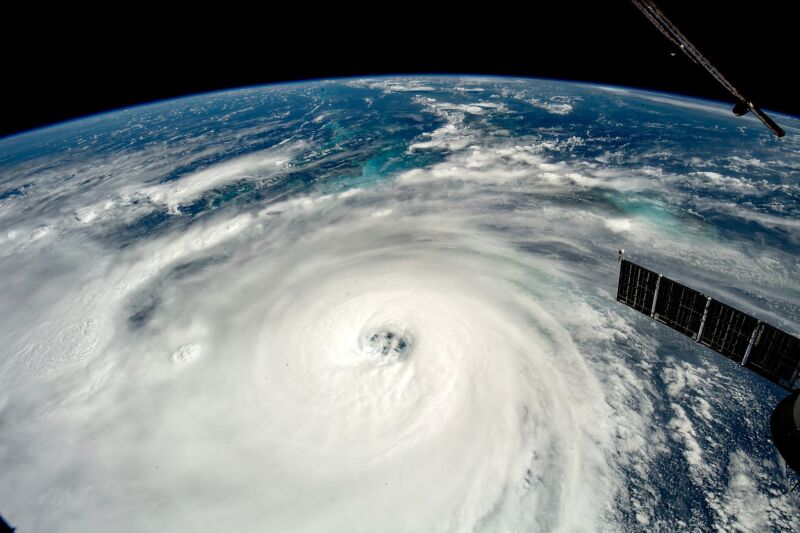We’ve reached the end of a bizarre Atlantic hurricane season

Enlarge / Hurricane Ian, as seen from the International Space Station. (credit: NASA)
The Atlantic hurricane season officially ends on Wednesday, bringing to a close the six-month period when the vast majority of tropical activity occurs in the Atlantic Ocean, Gulf of Mexico, and Caribbean Sea.
Prior to the season, forecasters generally expected a busier-than-normal season. However, six months later, overall activity this year has come in slightly below normal. One of the more scientifically rigorous measurements of seasonal activity-based on the length and intensity of storms-is accumulated cyclone energy. This year's value, 95, is about three-quarters of the normal value of 126.
That bland statistic belies the fact that this was an odd season. After three weak early-season storms, the Atlantic basin produced zero named storms between July 3 and August 31. This was the first time since 1941 that the Atlantic had no named storm activity during this period. Then, a light came on. Four hurricanes formed in September, along with three more in November. This brought seasonal activity to near-normal levels.